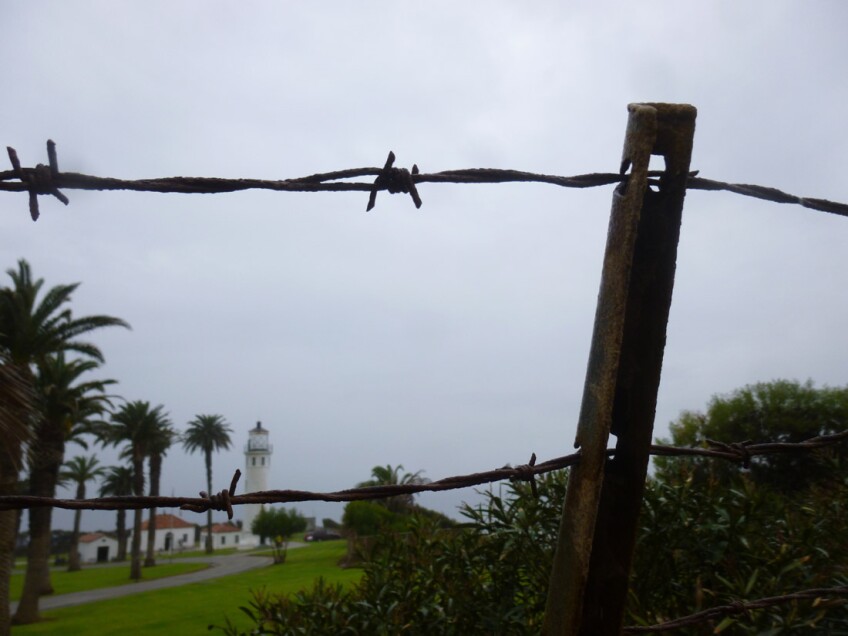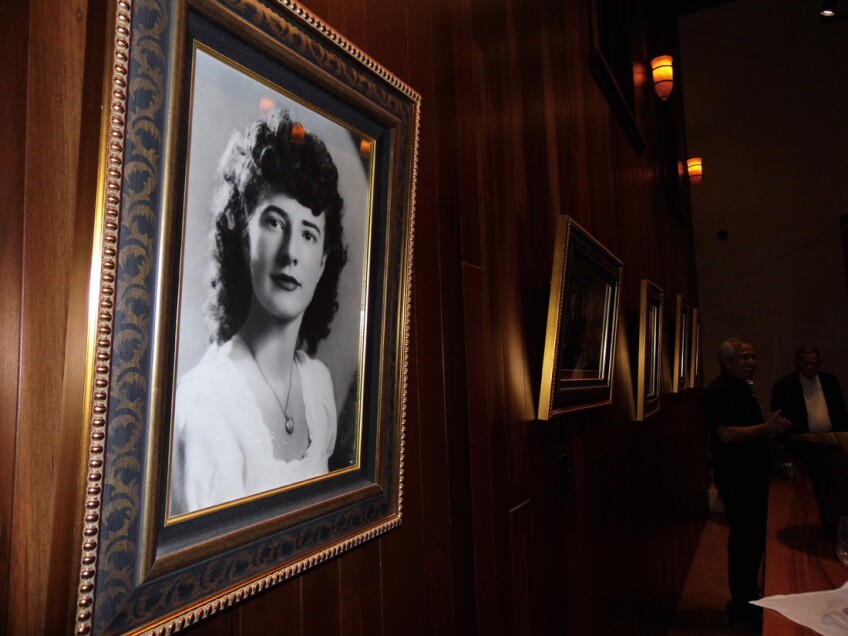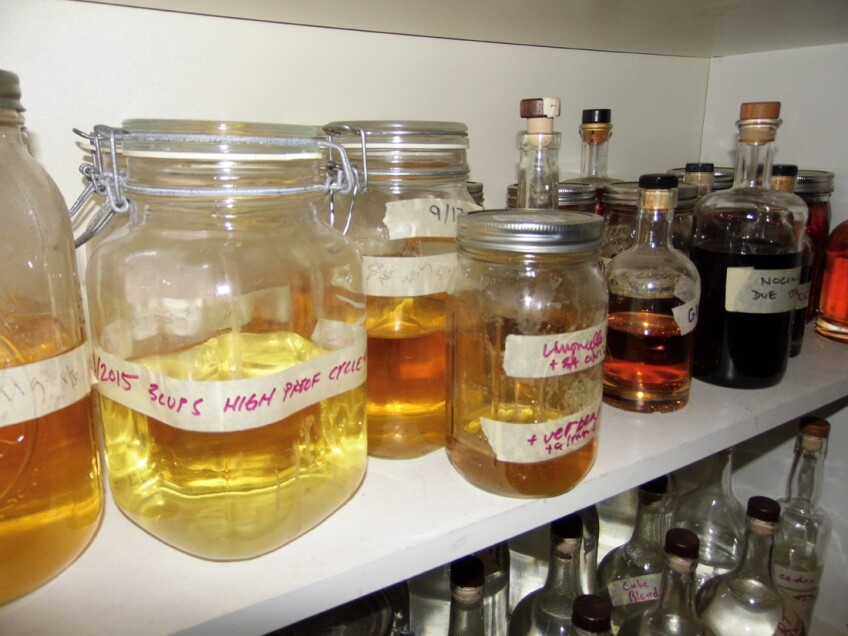Discover How Prohibition Influenced Modern-Day L.A.

There are certain civil liberties that, fortunately, we have the luxury of taking for granted.
Over the last several years, Los Angeles has positioned itself at the forefront of craft cocktails and mixology … San Diego has dominated the craft beer scene … and the entirety of Southern California is dotted with wineries pretty much non-stop from Santa Barbara to the Antelope Valley, Santa Clarita Valley, Inland Empire, and Imperial Valley.
So we might not think much about the time when it was illegal to manufacture, produce, sell, or use “intoxicating beverages” – that is, the 14 years (from 1920 to 1933) that the Volstead Act was a matter of national law.
These days, we know those dark years better as “Prohibition” – and those years before the Volstead Act was repealed were full of illegal activity.
And, along with other coastal towns of the early 20th century West, L.A. was at the heart of it all.
Bootleggers figured out a way to ferment in secret (and it wasn’t just “bathtub gin”). Rumrunners figured out how to smuggle liquor in through secret caves. And, entrepreneurs found basements to occupy where they could serve illicit spirits – something that really boosted the spirits of folks in the late 1920s and early 1930s when the Great Depression hit.
Today, you can track down traces of those days before the ratification of the 21st Amendment, without worry of police raids or mob ties or stock market crashes. You just have to know where to look.
So, here are five explorations of L.A.’s “dry” history – which turns out to have been very, very wet.
1. See how the alcohol got to L.A.
It’s called “Smuggler’s Cove” for a reason. The Portuguese Bend area of Palos Verdes was a hotbed of rumrunner activity during Prohibition – and it wasn’t just rum. Contraband spirits of all sorts were brought from Mexico, Canada, and even New York to the L.A. metropolitan area via certain areas of the coast that were particularly vulnerable to penetration. Understandably, our two coastal lighthouses (Point Vicente and Point Fermin) made it especially easy to land ashore without wrecking a smuggler’s ship; so although many of the caves have since crumbled into rubble, those landmarks still stand as a reminder (and are available to tour). Probably the most famous of the rum-running caves is actually to the south of L.A., in La Jolla. Pay a couple of bucks at the Cave Store to descend a flight of stairs and peek out from inside the “Sunny Jim Cave,” where whiskey once washed up on our shores.


2. Explore where the alcohol was moved
Rum-running, of course, didn’t stop at L.A.’s harbor. Those spirited shipments had to get to those who would brave arrest, indictment, and imprisonment to sell it … and, of course, drink it. Since a lot of this activity happened in secret, there aren’t a lot of verified routes of transport. But there’s a widely-held belief that alcohol was moved through a variety of underground routes, where heroes of hooch could worry less of discovery and apprehension. Now, we do know that there are many lost tunnels in these parts – particularly in Downtown L.A. – that have been sealed off as a safety precaution (considering earthquakes and other illegal activity that tends to go underground). And we only know where some of them are – the others being the stuff of legends. Many of them were never even mapped. There is one pedestrian tunnel that’s open and perfectly legal to walk – starting at the Kenneth Hahn Hall of Administration and leading to the Hall of Records – but you’re more likely to find a movie crew shooting down there than any “prohibited” activities. Besides, according to recent reports from the L.A. Times, this city was so crooked back then that a lot of the “running” could happen right out in the open. And when the boozehounds did get busted by the cops, it was mostly just for show.


3. Party like a Twenties tippler
Many of the original speakeasies from nearly 100 years ago – like in the basements of the King Eddy Saloon, the Rosslyn Hotel, the Barclay Hotel, and the Glen Tavern Inn up in Santa Paula – have been abandoned, boarded up, and forgotten by all except a few intrepid historians and explorers. There’s one that’s still open – the Del Monte Speakeasy, below Townhouse on Windward Avenue in Venice (situated close enough to the coast to be a convenient stopover point for rumrunners on their way inland) – although you no longer have to enter through a trap door or ride a dumbwaiter down into it. (Now there’s a way to make an entrance!) And not only is drinking there perfectly legal, but the speakeasy is now known as the “performance space” of Townhouse where you can catch underground comedy shows, movies, DJs, and live bands. Today, we’ve got our own way of “speakeasy-style” cocktailing – but those modern establishments that call themselves speakeasies (but never actually were, despite now having unmarked entrances in alleys and secret passwords) somehow manage to simultaneously feature Victorian décor, flatscreen TVs, and blaring classic rock. For a more authentic experience, track down the location of one of the covert drinking parties hosted by Sip L.A. and El Tigre Magnifico.


4. Taste the alcohol that got to stay in L.A.
The separation of church and state had been established long before the Volstead Act came into law; so, thanks to religion, you could legally make, distribute, and drink wine if it was offered during Holy Communion. That’s how San Antonio Winery managed to survive when so many other L.A. area wineries shut down (and were never resurrected) – by making altar wine, a product they still offer to this day. Of course, some of the Franciscan friars also took up winemaking – purely for religious purposes, of course – which is why you tend to find some very old grapevines (and wine barrels) at some of the California missions, like in Mission San Fernando’s wine cellar. It probably brought a lot of thirsty folks to church to take part in the sacrament, that’s for sure. Some of their wines could also pass as “juice” to be consumed as a health tonic – which, not surprisingly, was a popular thing to do. But you don’t need those excuses these days, because you can visit San Antonio Winery – in its original location – for a perfectly legal tour and winetasting every day of the week, no less frequently than on the hour.


5. Toast the return of legal distilleries
Amazingly, it took 80 years after the end of Prohibition for distilleries to be able to operate tasting rooms on premises where they distilled their spirits. While wineries and breweries went immediately back to business, sharing their sauce legally and openly with the public, distilleries of vodka, whiskey, rum, and really everything except brandy were prohibited from allowing customers to pay to taste their products – or, God forbid, actually buy a bottle directly from the maker. In 2012, L.A.’s first distillery to open since the Repeal Act was Greenbar Distillery in Downtown L.A.’s Arts District – and even then, they weren’t allowed to open their tasting room to the public. (The only way to get in and taste their organic vodka was to go to a special private event.) Fortunately that’s since changed – and now you can even take a cocktail class there. And it’s not your only option anymore, either – because at The Spirit Guild, you can have a go at gin and vodka made from clementines and even buy a bottle (or two, or three). But there are still some Prohibition-era limitations that have been placed on the operation: They’re still not allowed to mix their spirits with anything, which would be (legally) construed as a “cocktail.” However, they are allowed to pour you a taste of any of the flavored bitters that they’ve got on display on top of the bar, as long as it’s by itself. The tasting room is open in the afternoons, Wednesday through Sunday, when you can also take a distillery tour. Or, buy a ticket to one of their special after-hours tastings (which offer some unusual pairings, like spirits and cheese).







